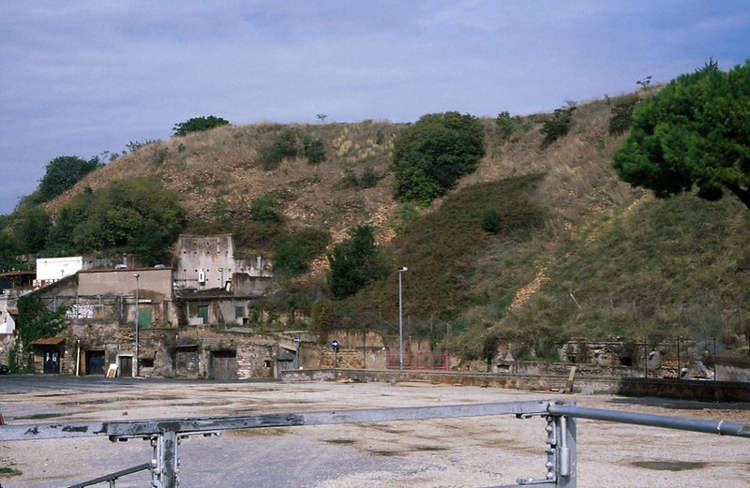This Man-Made Mound in Rome Consists of Millions of Ancient Amphorae

Monte Testaccio, an artificial mound in Rome composed almost entirely of broken pottery, might be the largest trash heap in the ancient world. At first glance, Monte Testaccio looks like an ordinary greenery-covered mound, the likes of which can be found all over the world. But underneath all that shrubbery and the thin layer of […]
Over One Million Starlings Leave Rome Covered in Bird Droppings

With nothing to scare them away, starlings are definitely leaving their mark on Rome, this year. The chirping black birds flock from northern Europe to Italy’s capital, which they prefer because of its warm Mediterranean climate. They’ve been spending their winters here for a long time, but until now, authorities have been able to keep […]
